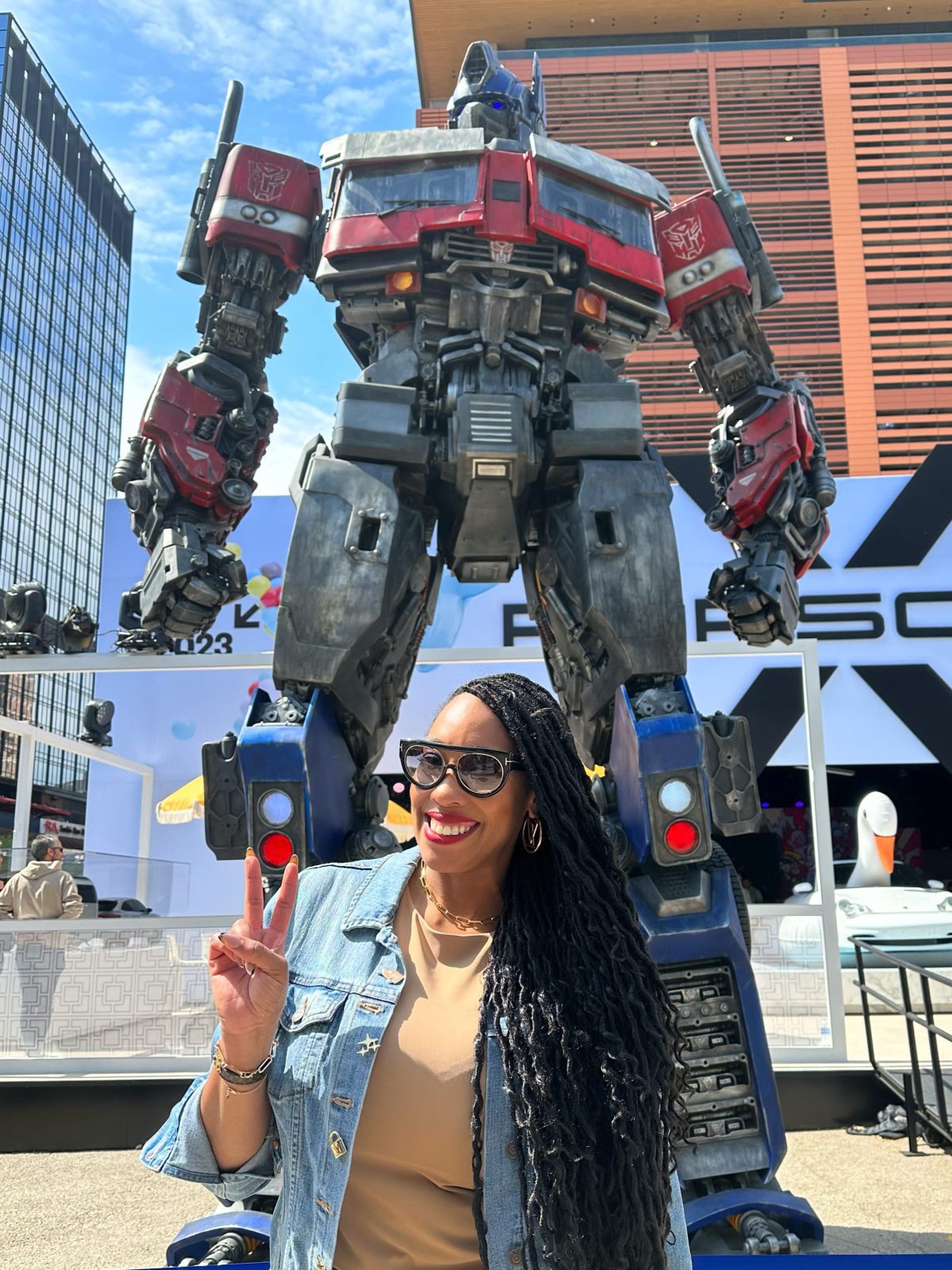Last year, fitness monitoring saw a rise in popular gadgets. Everything from monitoring devices such as the Nike FuelBand and the FitBit Ultra, helped people monitor not only their estimated calorie burn, but their daily activity as a whole. Technology has become even more wearable, not only in fitness, but entirely. With the recent confirmation of Google Glass release, technology is now daily apparel.
What is Wearable Technology?
So what’s next? Instead of gadgets that monitor your exercise, gadgets that help you exercise. User experience designer Jennifer Darmour at Artefact has a prototype Pilates shirt. Yes, a Pilates shirt. This shirt is supposed to take wearable computing a step further. The first challenge is to not be big, and clunky. The garment should have working components that don’t make the person feel uncomfortable or weighed down by the technology.
For those of you who have studied and/or practiced Pilates know that technique and position determine results. Making it comfortable to wear, this Pilates shirt is going to have sensors to monitor the person’s position. The name of the Pilates shirt is called Move. It has sensors on the front, side and back of the shirt. The sensors will monitor the user’s body position. If the person wearing the garment is in the wrong position, it should be able to notify them through a vibration that their position is off.
Darmour states that “wearable technology” will gain wider adoption if it doesn’t seem gadget heavy.
In an interview with Artefact, Darmour discusses what would make wearables become mainstream:
“…unless wearables become beautiful AND meaningful, we would not see them adopted by regular people. There will always be tech enthusiasts who try the latest gadget (remember the Segway?) but there will not be any real mass adoption to speak of. Ultimately, we have to make sure that whatever technology we use, it enhances rather than hides our humanity.” She continues by stating that fashion definitely comes into play when designing these wearables: “…I do believe that a sense of aesthetics and fashion awareness is a must if wearable technology is to become mainstream. How the product looks suddenly becomes more important when you have to wear it on your head rather than in your pocket. And it’s not just a matter of vanity, what we wear has a lot to do with our identity” (Source)
Darmour presented at SXSW this past Saturday in Austin, TX, further discussing the issue of wearable technology. She discussed how an integrated ecosystem of hardware manufacturers, software and service providers and developers, designers and fashion experts can work together to deliver on the potential of wearable technology. She also highlighted specific opportunities, emerging trends and business models that will allow wearable technology to become the next area for growth of the technology industry.
I remember when Nike introduced the FuelBand last year, many were skeptical about the product. They thought it was too overpriced at $149.99 and no one would wear it. A year later, they have a few color options and it’s a common device from the semi-active to the completely active. We also have many other options to the FuelBand. With some places banning Google Glass, we can see that not everyone is ready for the growth of wearables. While I don’t think it will catch on quickly, wearable technology will catch on. As we decide to carry less gadgets around, wearing them will be the obvious option.







